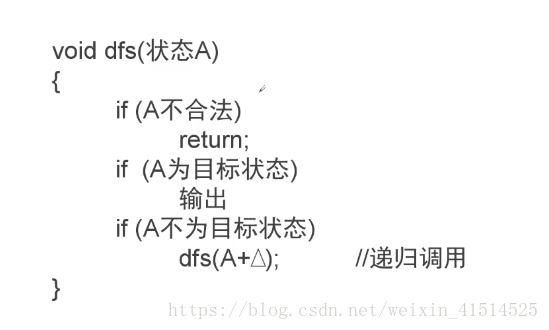- 总时间限制:
- 1000ms 内存限制:
- 65536kB
- 描述
- Given three strings, you are to determine whether the third string can be formed by combining the characters in the first two strings. The first two strings can be mixed arbitrarily, but each must stay in its original order.
For example, consider forming "tcraete" from "cat" and "tree":
String A: cat
String B: tree
String C: tcraete
As you can see, we can form the third string by alternating characters from the two strings. As a second example, consider forming "catrtee" from "cat" and "tree":
String A: cat
String B: tree
String C: catrtee
Finally, notice that it is impossible to form "cttaree" from "cat" and "tree". 输入 - The first line of input contains a single positive integer from 1 through 1000. It represents the number of data sets to follow. The processing for each data set is identical. The data sets appear on the following lines, one data set per line.
For each data set, the line of input consists of three strings, separated by a single space. All strings are composed of upper and lower case letters only. The length of the third string is always the sum of the lengths of the first two strings. The first two strings will have lengths between 1 and 200 characters, inclusive. 输出 - For each data set, print:
Data set n: yes
if the third string can be formed from the first two, or
Data set n: no
if it cannot. Of course n should be replaced by the data set number. See the sample output below for an example. 样例输入 3 cat tree tcraete cat tree catrtee cat tree cttaree
样例输出Data set 1: yes Data set 2: yes Data set 3: no
思路:对于c字符串的每一个字符要么和a字串中的当前位置对应要么和b字符串中的当前位置对应。否则说明a,b不能在各自字符相对顺序不变的情况下组成c,即结果输出no.
而对于c中的每一个元素都进行相同的比较过程,则可以用递归的方式写。
也就是通过这道题我对于dfs有了一些了解,高兴。
模板:

AC代码:
#include<iostream>
#include<string.h>
using namespace std;
char a[202],b[202],c[402]; //注意c[]的大小,wa了好几次。
int visit[202][202];
int flag,la,lb,lc;
void dfs(int x,int y,int z)
{
if (z==lc) //目标状态
{
flag=1;
return ;
}
if (flag)
return ;
if (visit[x][y]) //如果改点不合法
return ;
visit[x][y]=1;
if (a[x]==c[z]) 如果该点合法但又不是目标状态
dfs(x+1,y,z+1); //递归调用
if (b[y]==c[z])
dfs(x,y+1,z+1);
}
int main()
{
int n,k=0;
cin>>n;
while(n--)
{
cin>>a>>b>>c;
memset(visit,0,sizeof(visit));
flag=0;
la=strlen(a);
lb=strlen(b);
lc=strlen(c);
dfs(0,0,0); // a,b字符串都从开头开始判断
if (flag&&la+lb==lc) //如果是yes的话,a和b的长度一定等于c的长度
cout<<"Data set "<<++k<<": "<<"yes"<<endl;
else
cout<<"Data set "<<++k<<": "<<"no"<<endl;
}
return 0;
}希望有点用吧。




 本文介绍了一个字符串问题:如何判断第三个字符串是否能由前两个字符串按原顺序交替组合而成。使用递归深度优先搜索(DFS)的方法解决此问题,并提供了一段AC代码作为实现案例。
本文介绍了一个字符串问题:如何判断第三个字符串是否能由前两个字符串按原顺序交替组合而成。使用递归深度优先搜索(DFS)的方法解决此问题,并提供了一段AC代码作为实现案例。
















 196
196

 被折叠的 条评论
为什么被折叠?
被折叠的 条评论
为什么被折叠?








